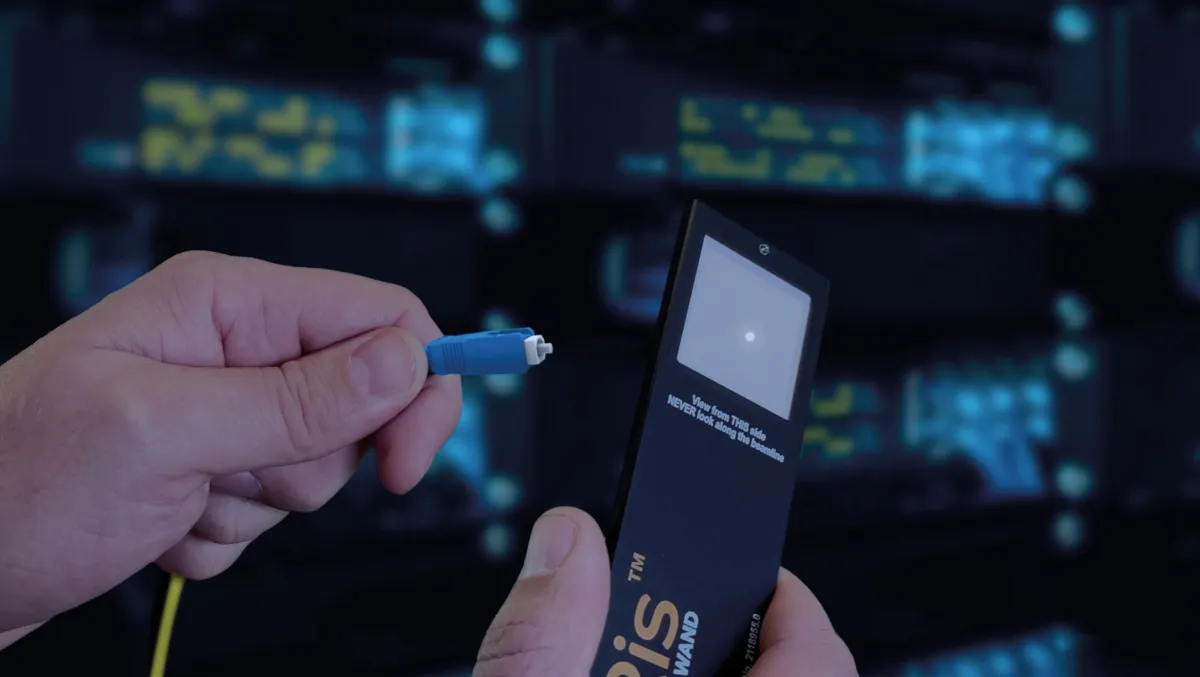
New laser safety tool enhances safety protocols in hyperscale DCs
Meta and Scintacor have jointly developed a groundbreaking laser safety tool aimed at significantly reducing the risks associated with high-power optical fibre lasers in hyperscale data centres. The new device, named the "IRis safety detection wand," operates in the infrared (IR) spectrum between 1400nm and 1600nm and is designed to detect lasers at power levels greater or equal to 0dbm.
High-power lasers are a critical component in the fibre-optic networks that power data centres, transmitting vast amounts of data. However, these lasers can pose serious risks to both personnel and property, especially since the IR light they emit is invisible to the human eye. Despite stringent Method of Operations Procedures (MOPs) that mandate turning off lasers during maintenance, the risk of accidental exposure remains significant.
The IRis wand adds an extra layer of safety to existing protocols. "After confirming that a laser is disabled and removing the fiber, the safety laser detector is used to confirm the laser is off," the researchers explained. This step aims to provide both awareness of the risk and positive confirmation that it is safe to proceed with work.
Existing safety tools have limitations, such as sensitivity to environmental conditions, high costs, and the inability to test large fibre bundles. The IRis wand addresses these issues by being robust, cost-effective, and capable of operating in extreme conditions. It is designed to withstand temperatures ranging from -14°C to 70°C, making it suitable for data centres located in diverse climates, from the deserts of New Mexico to the cold of Lulea, Sweden.
The wand is also user-friendly, requiring no batteries and coming with a protective pouch and lanyard for easy portability. Its detection area of 36mm x 36mm is designed to cover fibre bundles up to 34mm in diameter. Moreover, it is made of materials that can withstand both indoor and outdoor temperature variations, as well as the energy density of an incident laser.
Initial tests have shown that the IRis wand is effective in quickly determining if a laser is on or off, thereby enhancing safety measures. "It has been designed to detect laser power of 1dBm or above, where the risk of injury for the operating personnel is the greatest," the researchers noted.
This development marks a significant step forward in laser safety, particularly for hyperscale data centres that are the backbone of Internet services. As data centres continue to grow in size and complexity, innovations like the IRis wand are crucial for maintaining a safe working environment.
